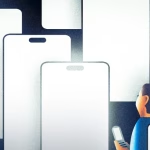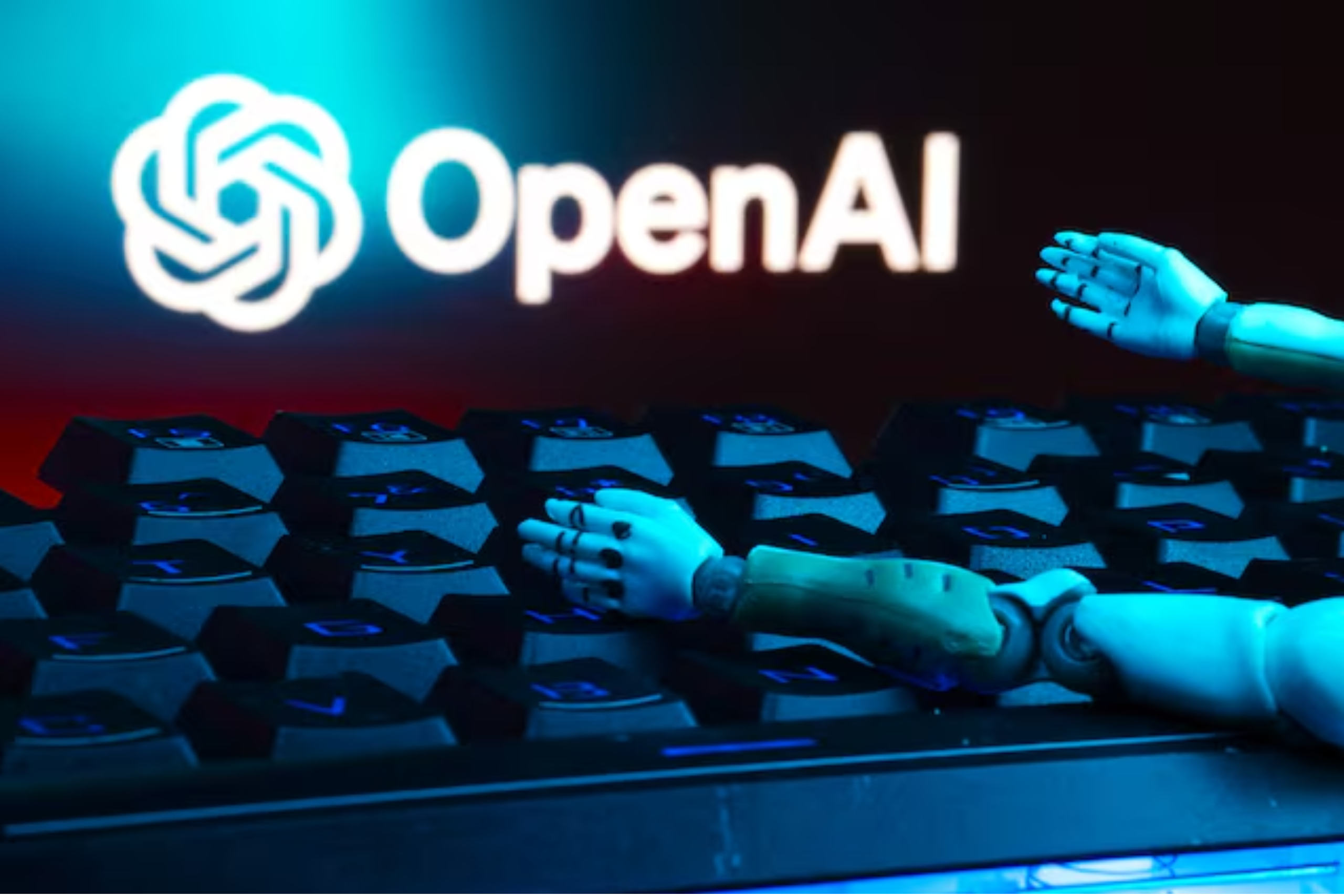Izzy, my daughter, eats a snack of cookies and cheese while sitting at the kitchen table after school. A thick wall of bangs grazes the edge of her straight eyebrows, and her long brown hair is coiled into a bun on top of her head. She is still dressed in her school uniform, which consists of a navy piqué polo shirt and a red sweater-vest. I’ve learned to value the effectiveness of requiring all students to dress alike, as a team, since Izzy began elementary school last fall. It’s an easy and obvious way for Izzy and all of her classmates to feel included.
Although Izzy is seven years old, describing her by her biological age can be deceptive because she has the size and skills of a toddler with typical development. Just as I try not to define her solely by her age, I also try not to define her by her disabilities. Izzy can be reduced to her deficiencies—the 32 genes and 10 million base pairs of DNA that she lacks due to a rare chromosomal abnormality—just by taking those facts away from the rest of her identity. Due to and in spite of the genetic deletion she was born with, these facts also highlight minor details over the complete person she has become.
In 2018, I wrote about my sadness over not knowing if Izzy would ever walk, talk, or recognize me as her mother after her diagnosis. I still miss those turning points. Izzy’s many achievements, however, also amaze me. For example, she has mastered the busy menus on her “talker,” an augmentative communication device provided by the New York City Department of Education; she has demonstrated endurance during physical therapy sessions, which are crammed into breaks between classes; and she has discovered that pointing at her diaper and then the EXIT sign will quickly get her out of class during social studies, which is her least favorite subject.
In response to the question of whether Izzy acknowledges me as her mother, I will state this: I am sure that she knows and loves me, even though she may not completely understand that I am the one who gave birth to her. However, I would not be shocked if Izzy secretly feels that she has numerous mothers, of which I am just one, given her circle of devoted teachers, therapists, and other caregivers, especially those at her school.
Izzy’s development has been greatly aided by the special education teachers, occupational therapists, physical therapists, speech and language therapists, feeding therapists, and behavioral specialists who work with her. For me, they have also been indispensable. Their “strengths-based mindset,” which I can hardly call innate, prioritizes ability over disability in their view of child development. I’ve learned from them by doing over the last seven years. I have adopted their goals—like the commitment to “meet children where they are”—as my own, and I have imitated their methods and attitudes.
Many of my previous worries about Izzy’s future were allayed by the reality of her and the world that has grown up around her and us. Or it did, until Donald Trump came back to power and his administration started tearing down the foundation of my family’s disability resources and community, which allowed my daughter to go to school. Izzy is one of millions of students who could lose access to the vital support networks that allow them to engage in American classrooms and daily life as a result of the administration’s efforts to dismantle the Department of Education and Congress’ recent passage of a bill that includes more than $1 trillion in cuts to Medicaid, which states have long relied on to fill funding gaps for special education.
About 7.3 million students in the US, or 15% of the total student body, have learning disabilities or disorders that qualify them for specialized school support. The Individuals With Disabilities Education Act, or IDEA, guarantees a student’s right to a “free appropriate public education” and requires this kind of assistance. However, IDEA consistently lacks adequate funding: Congress approved less than 13 percent of the per-student special education costs for the 2024–2025 school year, which is roughly one-third of the 40 percent federal share allowed by IDEA. Due to the shortage, school districts find it challenging to hire enough qualified special education teachers to meet the needs of the students. Additionally, it compels states to find alternative sources of funding, such as using state Medicaid funds, or to reduce services, thereby avoiding their moral and legal obligations.
The Trump administration has used rhetoric about maximizing efficiency in its declarations on education, as well as in many other areas. However, its actions contradict this rhetoric. Along with other staff reductions in the weeks after Trump’s inauguration, the Education Department reduced to roughly half its size earlier this year when it placed nearly 1,400 employees on administrative leave. As legal challenges to the cuts proceed, many of those laid-off employees are in limbo. Although a Supreme Court decision yesterday made it possible for federal employees to be fired in large numbers, the Court has not yet made a decision in another case that directly concerns the Education Department. In addition, the department shut down seven of the twelve regional civil rights offices that were in charge of looking into IDEA violations. The White House has announced that the Department of Health and Human Services, which laid off 10,000 workers, some of them inadvertently, two weeks after the Education Department layoffs, will take over special education oversight.
Annie Lowrey: The Republican Party’s budget is illogical
Education Secretary Linda McMahon has described the reorganization of her department as a “commonsense reform” that will facilitate states’ access to IDEA funding. The current procedure that families must follow in order to obtain special education has been criticized by other officials who support these changes as being complicated and unfair. I completely agree with you on that point. A child with a disability must navigate a complex web of assessments, reassessments, delays, and disagreements in order to obtain legally required services; this process is frequently drawn out, expensive, and emotionally taxing. However, the administration’s suggested remedy ignores this issue. Dismantling the civil-rights safeguard for families whose children aren’t receiving the services to which they are legally entitled is one of the most counterproductive things the Education Department can do if its goal is to increase access to services.
I once asked a faculty member at the Bank Street Graduate School of Education who specializes in special education what I should look for in a school for Izzy. “The absence of inclusion is exclusion,” she retorted. I had never considered it so sharply. The ensuing discussion inspired me to think more deeply and search more actively for the existence of real resources—for people. For the bodies and minds that occupy classrooms and school corridors; for the qualified administrators, teachers, aides, and therapists who perform the slow but crucial task of meeting children where they are while setting an example for the parents of those students. This is the laborious process of creating a society that is more tolerant. It’s never going to be effective.
In this nation, there is no trustworthy guide for parents on how to raise and educate a child with a disability. However, I am aware that I do not want my own demeanor and actions to act as yet another social barrier that prevents my daughter from achieving her goals. For this reason, even though Izzy gains the most from her teachers and therapists, they have also been essential to my civic education and parent development. I find it difficult to envision my life without them because of this.
Izzy does not have access to the well-lit pathways I did as a child. My parents, who had both come to the US to complete their medical residencies and enter private practice, had high expectations for me as I grew up in a New Jersey suburb with excellent public schools in the 1980s and 1990s. They put me in a very good position to get the rewards I need to advance in the Game of Life, like academic and athletic prowess, college degrees, and a lucrative career. However, I frequently feel unprepared in my role as Izzy’s mother. It can be like stumbling through an orthogonal network of hallways while hammering on walls to find any secret doors leading to a more inclusive world when you are raising a child with a disability.
With its obsession with success, money, and physical prowess, America leaves little room for those who don’t fit its strict definition of a “contributing member of society.” For those who receive prizes, the adage “the more prizes you get, the better (and better off) you are” makes sense and is consoling. And that individualistic approach might have worked for my parents and even for me—until Izzy was born, whose existence defies the pervasive social trend that values economic output and productivity over human worth.
Even in close-knit communities, people are positioned to compete with one another for pieces of a pie that keeps getting smaller. This is one of the ugly truths of prize-collecting, especially under a regime of “efficiency,” which feeds off fears of scarcity. Izzy’s contribution to society as that unique person who is easy to love and who readily extends love to anyone who is willing to meet her where she is is not explained by the narrowness of that value system. Furthermore, as her mother, I no longer benefit from the loneliness that comes with adhering to and being constrained by that set of values.
One of the many modern voices challenging this atomized, capitalist conception of human value is the author and activist Angela Garbes. According to Garbes, mothering—the act of providing care, instruction, support, and sustenance—may cause a change in perspective. I’ve learned the importance of interdependence from raising Izzy. Yes, a tiny part of me still holds onto my priceless position as Izzy’s only mother. However, a far greater portion of me finds relief and happiness in extending that definition beyond my physical boundaries. I can list the numerous emotional and practical advantages of viewing mothering as a responsibility, a privilege, and a type of learned expertise that I can share with others and that they can share with me, rather than as a role to be protected as mine and mine alone.
Izzy and I are currently fifteen minutes into our snack time in the kitchen at home. I believe she wants water after pounding a few handfuls of cheese. She doesn’t reach for the provided drinking vessel, a simple blue cup with a straw that she recently started using during mealtimes thanks to a school feeding therapist. She tells me on her talker that she wants “something different.” “I need a tool to help me relax.” She has been using the pink, star-patterned sippy cup for five years, and she prefers its convenience and familiarity. I bring the blue cup to Izzy’s lips and encourage her to take a sip while petting her forearm. An aristocratic, exaggerated sigh escapes her lips.
Since Izzy was five years old, I have been making intermittent attempts to switch her to the blue big-kid cup after one of her preschool special education teachers observed that the sippy cup was preventing her from developing socially. After noticing that some of Izzy’s classmates were struggling to accept that she was no longer “just a baby,” the teacher made the astute decision that a big-kid cup would help other kids see Izzy as a peer of the same age, “with a different kind of body.”













